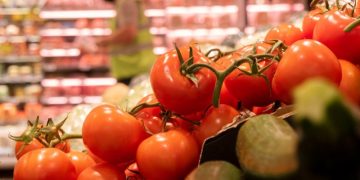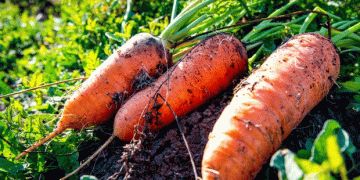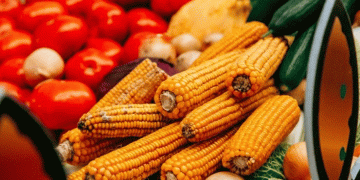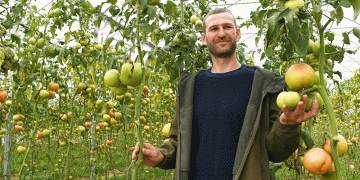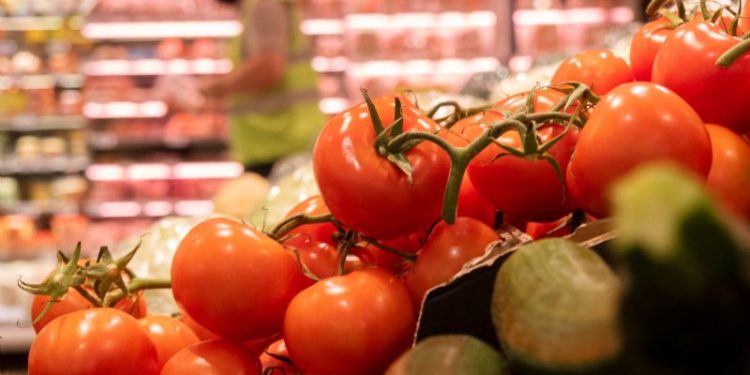Over the past four years, twelve companies and four research institutions have conducted research on the health benefits of fruits and vegetables. As part of the Fruits and Vegetables Value(s) project, they found, among other things, that eating fruits and vegetables has a positive effect on the human body for several hours. In addition, methods have been developed to measure the content of vegetables, and such substances have been found in tomatoes and cabbage.
The fact that fruits and vegetables are good for health has been known for a long time. The sector has been trying to use this science in marketing its products for many years. It is believed that if people eat only enough fruits and vegetables, this saves on health care costs. In order to reinforce the healthy image of fruits and vegetables, the sector is exploring ways to anchor health claims to fruits and vegetables.
But does the message that fruits and vegetables are healthy have the desired effect? Do people feel the need to eat more? Dijkstra has her doubts. It studies the eating behavior of consumers.
Differences between populations
The impact of this message is limited, Dijkstra says. More educated people and people with higher incomes, in particular, are receptive to positive messages, she said. In other populations, they seem to have a much harder time gaining weight.
As an example, Dijkstra cites a study that was conducted more than two years ago among teenage girls in disadvantaged areas of Amsterdam. “McDonald’s is good for my social life” is the rapport of child van Heth. It says that these girls, who are almost all overweight, know that fruits and vegetables are healthy, but ignore this fact.
“I Live Now”
“Don’t eat healthy food that doesn’t taste good because I’m still alive” is the argument of various girls in favor of unhealthy eating. “Chicken is life,” he says. And: ‘Why should we buy healthy food that is expensive and hardly sold in the area? Chili chicken costs 1 euro and salad 4 euros.’
The study also shows that girls buy snacks and sweets from the supermarket several times a week and visit fast food stores. Barbershop and fried chicken are popular. At McDonald’s, they always sit at the same table where the Wi-Fi is strongest and from where they can see who’s coming in.
According to Dijkstra, people don’t eat fruits and vegetables because they don’t like it, they “must” eat it, they like the hassle, and it’s not available or too expensive. The assistant professor says that the healthy aspect of fruits and vegetables is not an argument for the majority of the population to consume them. This is not the Holy Grail, it needs something more. ‘
Facilitate choice
On average, consumers make two hundred meals a day, 70 percent of which are impulsive. “This means that if you want to sell more fruits and vegetables, you also have to offer more of them,” Dijkstra says. The automatic simplification of fruit and vegetable selection in the store, as in the “go for Color lab” project, also helps to increase sales. During this project, consumers were indirectly encouraged in the store to buy fruits and vegetables.
An Amsterdam-based researcher advocates healthy school lunches. Unlike many other European countries, the Netherlands does not yet know this. Practice shows that because of this, children begin to eat more vegetables and fruits, especially in elementary grades. So Dijkstra advises: “Start proposing at a young age.”
The Netherlands has plans to provide free school meals in vulnerable areas. Although they are fueled by high inflation at the moment, not so much by the health aspect.
lower price
The fruit and vegetable market is also suffering from inflation. According to Dijkstra, lower prices for fruits and vegetables and higher prices for unhealthy foods have a beneficial effect on sales. The current devaluation of the money supply, to a greater or lesser extent, plays into the hands of fruits and vegetables.
The inflation rate for fruits last year was 5 percent, for vegetables – 10 percent. For all food products, these are the lowest figures. For example, according to the Central Statistical Bureau, price inflation for oils and fats is 35 percent, but for meat only 14 percent.
According to a study commissioned by GroentenFruit Huis, lower fruit and vegetable prices are important to consumers during times of inflation.
According to Wilko van den Berg, market expert at GroentenFruit Huis, sales of organic fruits and vegetables have fallen. And consumers are more likely to shop at different supermarkets at bargain prices.
The desired price cuts for fruits and vegetables are on the way. The government decided to abolish VAT on it. The Hague is currently looking into exactly which products fall under this definition. The zero rate is expected to come into effect in 2024 at the earliest.
The norm of consumption of fruits and vegetables, according to the Center for Nutrition, is 450 grams per day, of which 250 grams of vegetables and 200 grams of fruit. On average, the Dutch eat 300 grams of fruits and vegetables. Of Dutch adults, 16 percent receive 450 grams. This mainly concerns the group of highly educated and people with high incomes. The average consumption in Europe is 350 grams.
